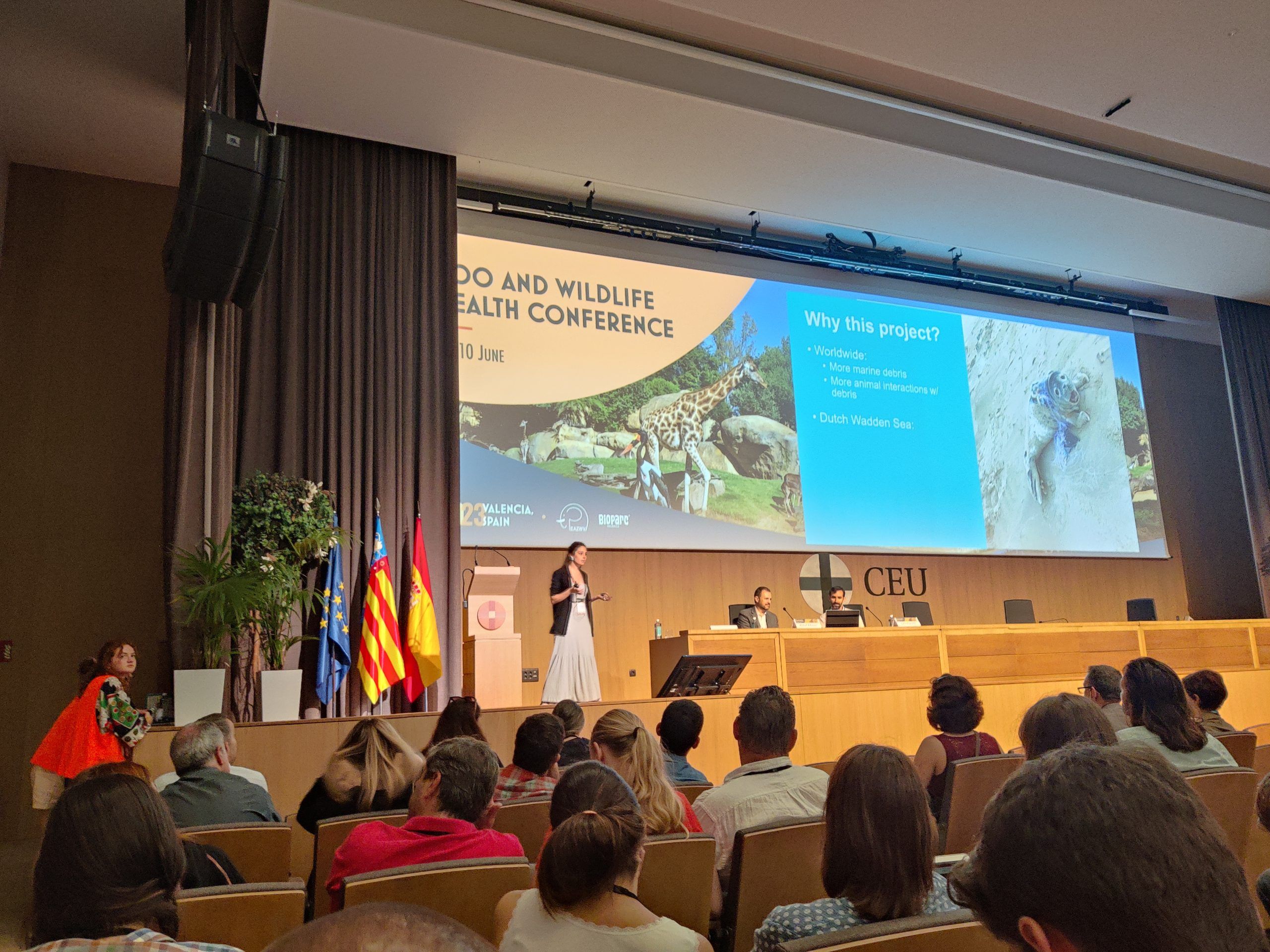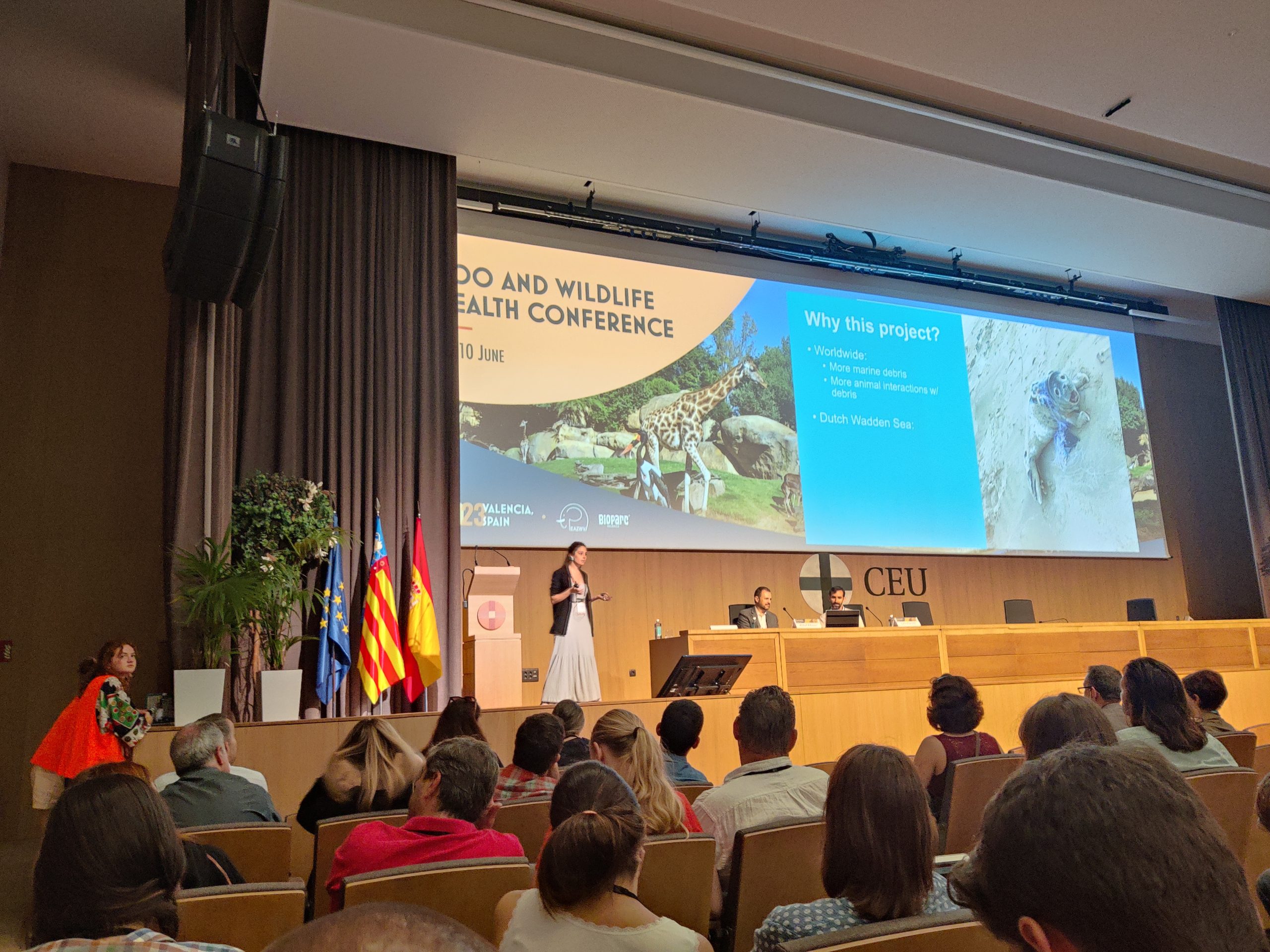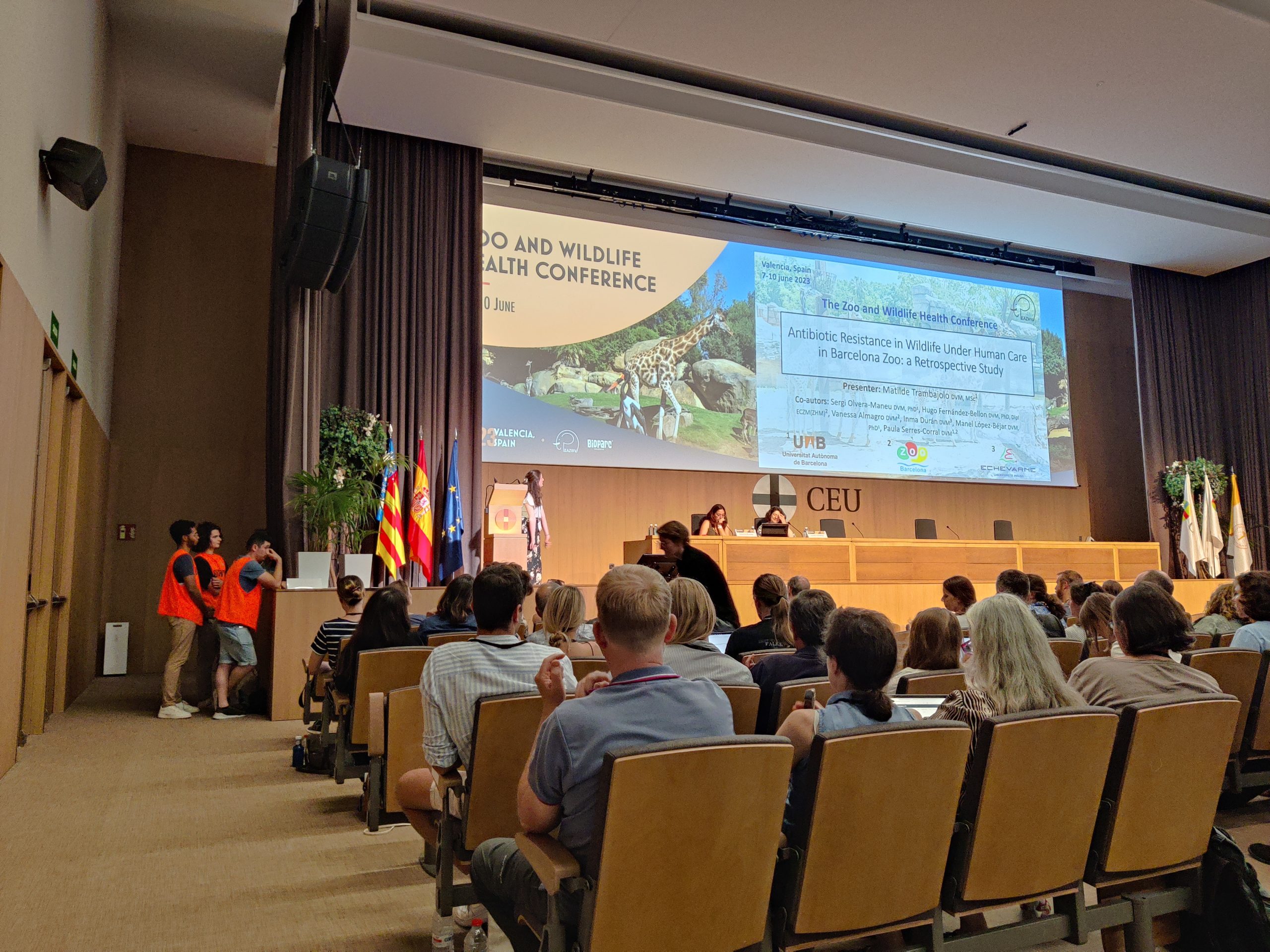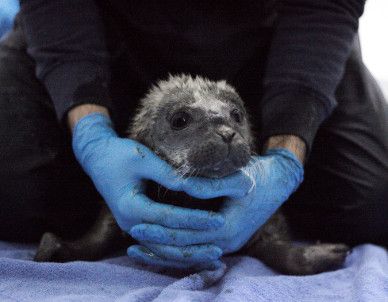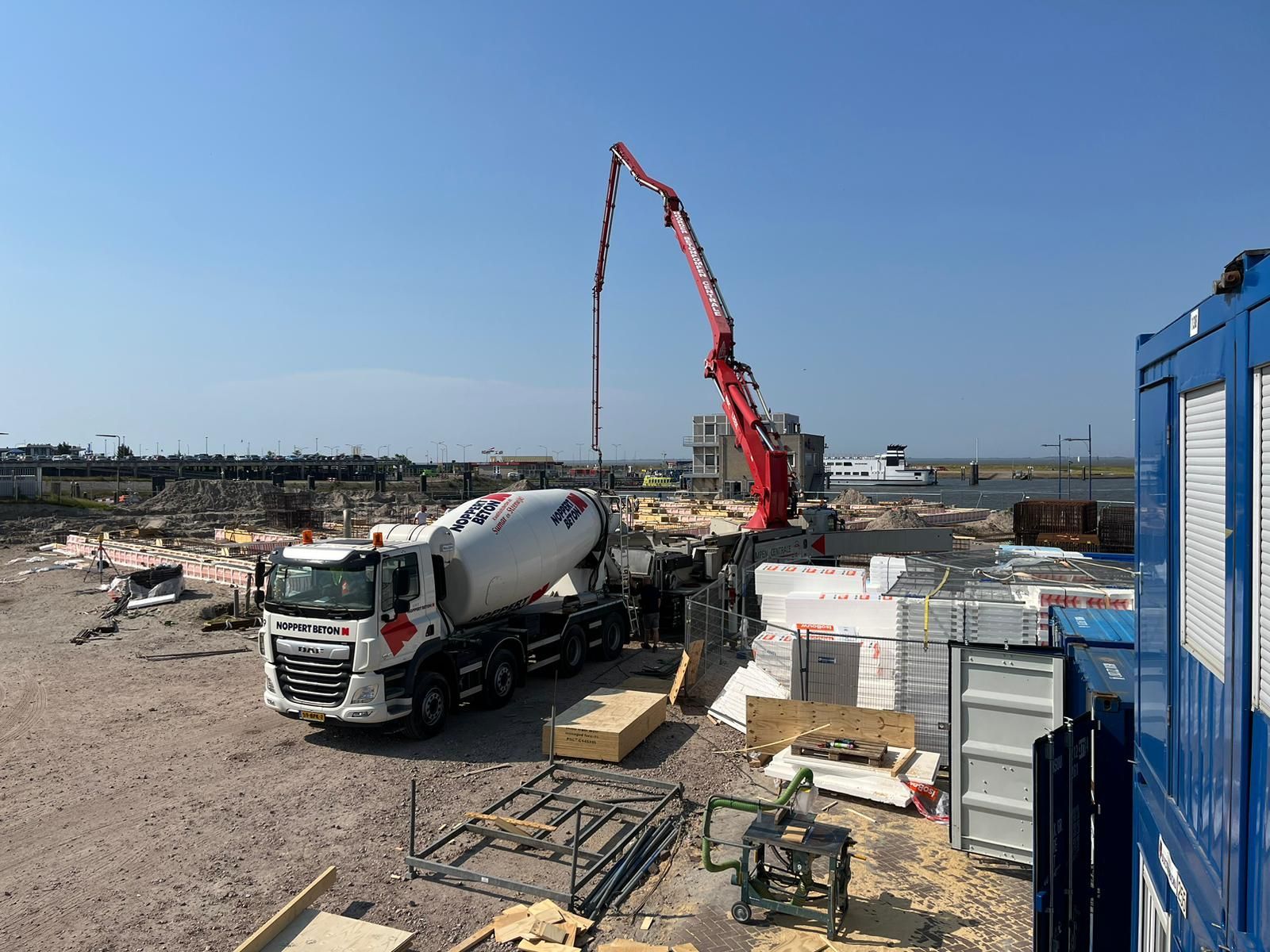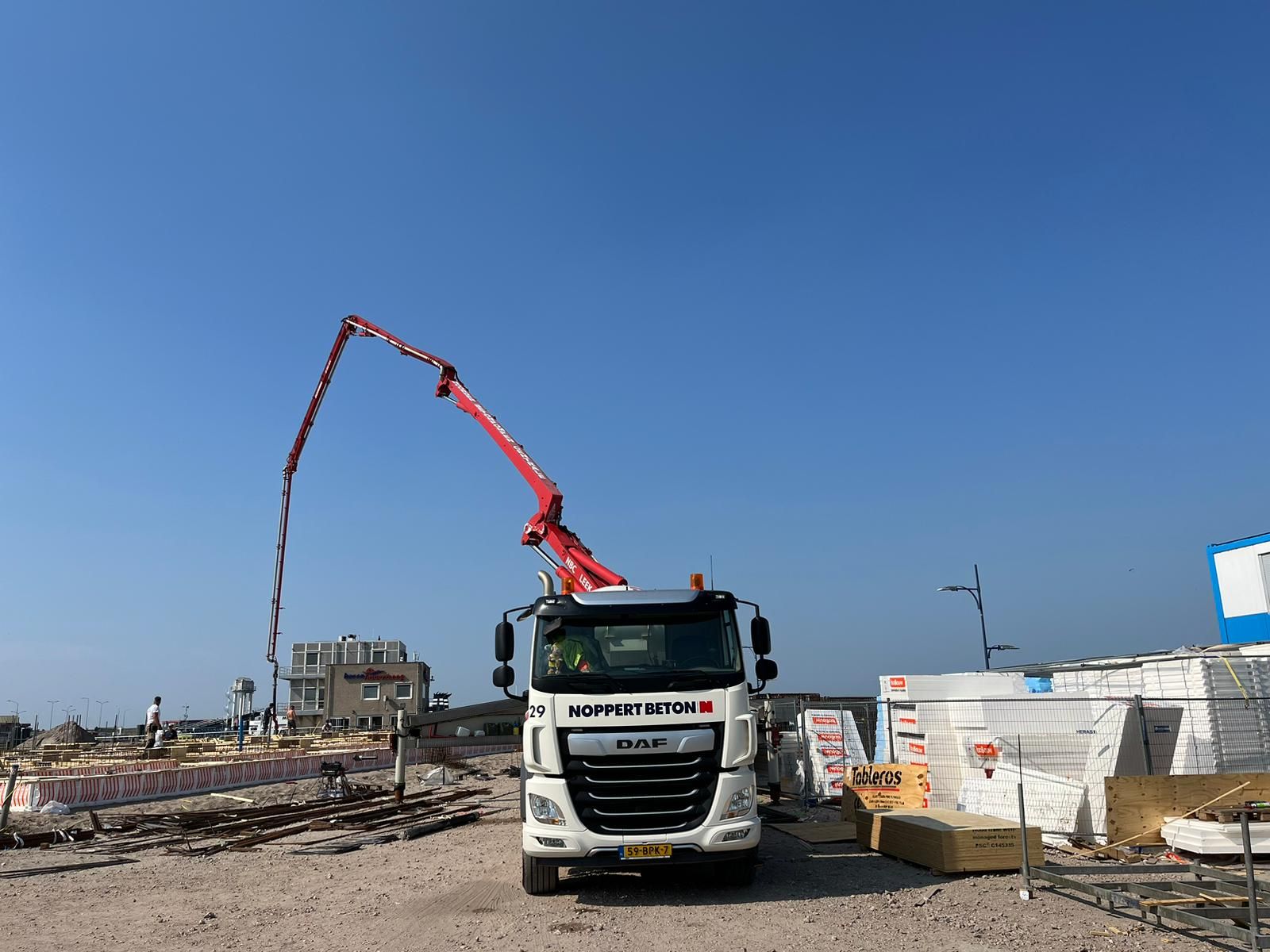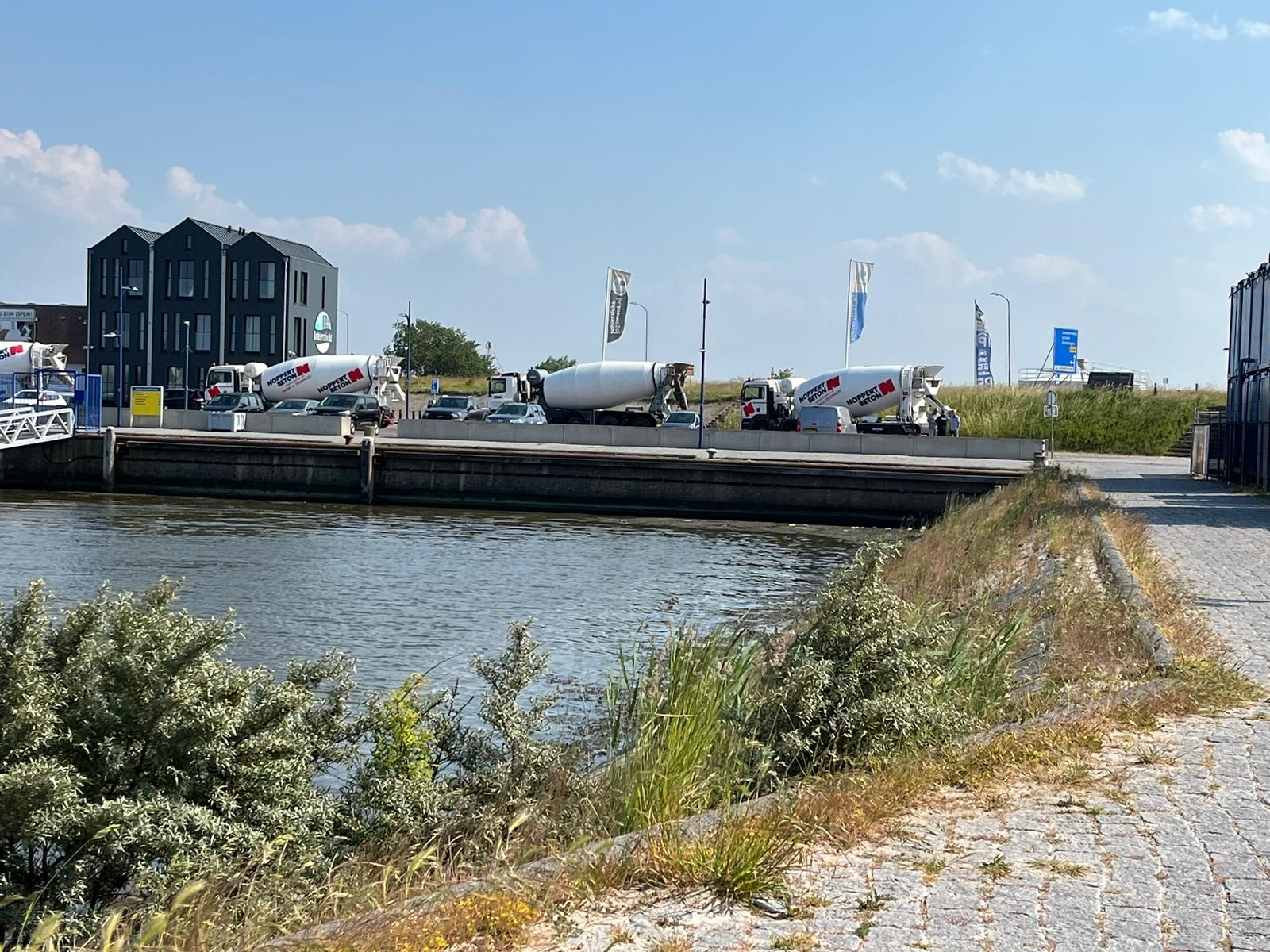Leeftijd en geslacht bepalen de darmflora van zeehondenpups
Het Zeehondencentrum Pieterburen heeft een interessante ontdekking gedaan over de factoren die de darmflora van jonge zeehonden in hun opvang beïnvloeden. Dierenarts Ana Rubio-Garcia ontdekte dat de ontwikkeling van het darmmicrobioom, oftewel de samenstelling van de darmbacteriën in zeehondenpups, onder andere wordt bepaald door hun leeftijd en geslacht. Deze bevindingen vormen een belangrijk deel van een breder onderzoek dat het Zeehondencentrum uitvoert naar de effecten van antibiotica op het darmmicrobioom.
See also

Ontwikkeling van de darmmicrobioom
Uit onderzoek van dierenarts Ana Rubio Garcia van Zeehondencentrum Pieterburen is gebleken dat de ontwikkeling van het darmmicrobioom, de samenstelling van de bacteriën in de darm, van zeehondenpups mede wordt bepaald door hun leeftijd en geslacht. Van iedere gewone zeehondenpup (minder dan 2 maanden oud bij binnenkomst) werd er een monster genomen om hun darmflora te onderzoeken. Dit werd regelmatig herhaald tot de dag waarop ze werden vrijgelaten. Interessant is dat er een duidelijke ontwikkeling in het microbioom geobserveerd is tussen binnenkomst en vrijlating. Leeftijd en geslacht zijn van invloed op de compositie van het microbioom. Het onderzoek laat mooi zien welke bacteriën, op welk moment en in welke samenstelling aanwezig zijn in de darm van de zeehonden tijdens hun verblijf in Pieterburen. De resultaten geven daarom een belangrijk inzicht in hoe deze ontwikkeling bij zeer jonge dieren plaatsvindt.
Effect van rehabilitatie van zeehonden
Deze bevindingen vormen een belangrijke basis voor het promotieonderzoek van Ana Rubio Garcia. Haar studie, uitgevoerd in samenwerking met de Universiteit Utrecht, Certe en het UMCG, richt zich op de effecten van de rehabilitatie van zeehonden en het gebruik van antibiotica in de behandeling van de dieren.
Verder onderzoek naar antibiotica
Door het inzicht in de ontwikkeling van het darmmicrobioom van gewone zeehondenpups die geen behandeling met medicijnen krijgen kan er nu onderzocht worden wat er gebeurt wanneer er wel antibiotica wordt gebruikt. Bovendien kan door het verder bepalen van het darmmicrobioom van wilde dieren nieuwe bacteriesoorten worden opgespoord en helpen bij het identificeren van antibioticaresistentie of potentiële zoönotische ziekten. Omdat zeehonden door hun positie bovenaan de voedselketen in de Waddenzee representatief zijn voor alles wat zich lager in de voedselketen bevindt kan dit soort onderzoek inzichten bieden in de gezondheid van de Waddenzee. Daarom is dit soort bacterieel onderzoek van groot belang.
Nu we inzicht hebben in de ontwikkeling van het darmmicrobioom bij jonge zeehonden die geen medicijnen hebben ontvangen, kunnen we onderzoeken wat er gebeurt als antibiotica worden toegediend. Dit kan ons helpen bij het identificeren van nieuwe bacteriesoorten en bij het opsporen van antibioticaresistentie of mogelijke zoönotische ziekten.
Inzicht in gezondheid van de Waddenzee
Zeehonden staan aan de top van de voedselketen in de Waddenzee. Dit betekent dat ze een betrouwbaar beeld geven van de gezondheid van de hele voedselketen. Daarom is dit bacterieel onderzoek van cruciaal belang, omdat het niet alleen onze kennis over de gezondheid van de zeehonden kan vergroten, maar ook inzichten kan bieden in de algehele gezondheid van de Waddenzee.













